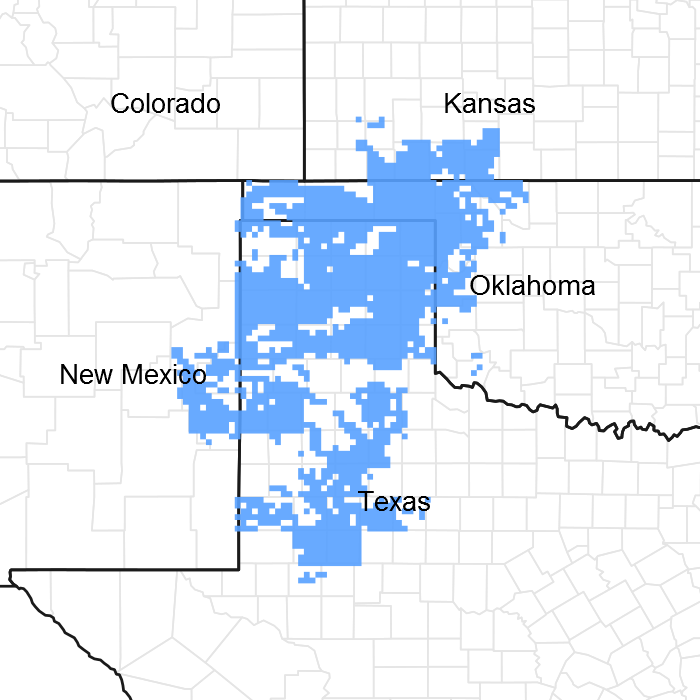Ecological dynamics
The information contained in the State and Transition Diagram (STD) and the Ecological Site Description was developed using archeological and historical data, professional experience, and scientific studies. The information presented is representative of a very complex set of plant communities. Not all scenarios or plants are included. Key indicator plants, animals and ecological processes are described to inform land management decisions.
The reference plant community consists of mid and shortgrasses with a good variety of perennial forbs and few woody shrubs. The calcareous soils influence the species composition of the site. The main grass species are sideoats grama (Bouteloua curtipendula), blue grama (Bouteloua gracilis), little bluestem (Schizachyrium scoparium), vine mesquite (Panicum obtusum), western wheatgrass (Pascopyrum smithii), and perennial three-awn (Aristida purpurea). The more free lime in the soil the more little bluestem and sideoats grama will be present on the site. In small depressional areas, sand bluestem (Andropogon hallii) and Indiangrass (Sorghastrum nutans) may be found in small quantities. Major forbs are dotted gayfeather (Liatris punctata), slimleaf scurfpea (Psoralidium tenuiflorum), engelmanndaisy (Engelmannia peristenia), chocolate daisy (Berlandiera lyrata), baby white aster (Chaetopappa ericoides.), catclaw sensitivebriar (Mimosa nuttallii), rushpea (Hoffmannseggia spp.), and plains actinea (Tetraneuris scaposa). The major woody shrub is plains yucca (Yucca glauca) and there are often small amounts of catclaw mimosa (Mimosa aculeaticarpa var. biuncifera), plains pricky pear (Opuntia polyacantha), broom snakeweed (Gutierrezia sarothrae), and cholla (Cylindropuntia imbricata) present. Yucca acts as a strong increaser on this site and if the site is constantly rested in spring when the yucca blooms and makes seed, the increase is hastened. With grazing pressure over time, the midgrasses give way to shortgrass species such as blue grama and the productive capacity is reduced as well as the diversity. Long term abusive grazing will see deterioration of the perennial grass community with species such as broom snakeweed and cactus increasing dramatically. Yucca can become the dominant plant on this site with no fire or brush management. Some ungrazed sites have a large yucca population. Prescribed grazing and occasional prescribed fire can sustain a productive community that is near reference condition.
Natural fire played a major role in the ecology of this site as with most plains sites. The major effect of periodic fire was to suppress woody shrubs and promote a grassland community. With the absence of fire it is much easier for woody shrubs to proliferate and become dominant. Natural fires probably occurred every 10 to 15 years and perhaps more often throughout the plains region. This was often enough to hold most woody species in check and encourage grass dominance. Fire also promoted diversity of forb growth for a couple of years following the burn, which drew the attention of wildlife species such as pronghorn and mule deer. The main obstacle to the use of fire in the present day is the liability situation and the unpredictability of precipitation. As precipitation falls below a mean of 18 inches, measuring the positive effects of fire becomes more difficult. Fire can be a valuable tool for managing vegetation when used by trained experts in the proper manner.
Large herbivores, mainly bison, roamed the prairie, grazed heavily, but moved on quickly allowing for long recovery periods. Healthy, productive grassland ecosystems were maintained under this type of natural grazing regime. The grazing of domestic livestock, mainly cattle, began in the 1870’s. Early day ranchers saw a land of endless grass and overestimated the ability of the land to support large numbers of stock. As the land was fenced in the 1880’s, stock began to be more confined leading to continuous grazing pressure on much of the range. Since that time, continuous grazing has been common and stocking rates have been for the most part excessive.
Productivity and diversity of the plant community has generally suffered. Many plains sites are resistant to damage by grazing but will yield to constant pressure. When given good management this site, as well as other sites, respond favorably and some measure of recovery can be expected fairly rapidly. In extreme cases, where abuse has been long term, or where woody shrub invasion has gone unchecked, good management comes too late to allow recovery to the more productive communities of the past. Significant energy input such as brush control, weed control, prescribed burning and sometimes reseeding may be necessary to change the plant community in the desired direction.
Hydrologically speaking, the site produces a considerable amount of runoff which finds its way to the numerous small and medium sized drainages. If plant cover is a healthy grassland community, the runoff is slowed and the water quality of runoff is acceptable. Poor cover with significant bare soil promotes runoff and siltation. This becomes a vicious cycle with infiltration being limited by poor cover and poor moisture relationships limiting the growth of healthy plants. Deep rooted perennial grasses and forbs aid in keeping an efficient water cycle.
This is not a particularly diverse site as far as habitat for wildlife is concerned. However, grassland birds, pronghorn and mule deer inhabit the site. Woody cover is not sufficient to provide cover for whitetail deer and turkey. Scaled quail are found often on the site as they need no more brush than a few yucca and cholla to provide their cover needs. In reference condition, this site could support the native plains wildlife, while other sites with more woody vegetation supported different species. In planning with producers to meet wildlife habitat needs, the potential of each ecological site needs to be realized and included on the overall plan.
State and Transition Diagram:
A State and Transition Diagram for the Limy Upland (R077EY057TX) site is depicted below. Thorough descriptions of each state, transition, and pathway follow the model. Experts base this model on available experimental research, field observations, professional consensus, and interpretations. It is likely to change as knowledge increases.
Plant communities will differ across the MLRA because of the natural variability in weather, soils, and aspect. The Reference Plant Community is not necessarily the management goal; other vegetative states may be desired plant communities as long as the Range Health assessments are in the moderate and above category.
The biological processes on this site are complex. Therefore, representative values are presented in a land management context. The species lists are representative and are not botanical descriptions of all species occurring, or potentially occurring, on this site. They are not intended to cover every situation or the full range of conditions, species, and responses for the site.
Composition by dry weight and percent canopy cover are provided to describing the functional groups. Most observers find it easier to visualize or estimate percent canopy for woody species (trees and shrubs).
The following diagram suggests some pathways that the vegetation on this site might take. There may be other states not shown on the diagram. This information is intended to show what might happen in a given set of circumstances. It does not mean that this would happen the same way in every instance. Local professional guidance should always be sought before pursuing a treatment scenario.
State 1
Midgrass State
This is the reference or diagnostic community for the site. The description is based on early range site descriptions, clipping data, professional consensus of experienced range specialists, and analysis of field work.
Community 1.1
Midgrass/Shortgrass Community
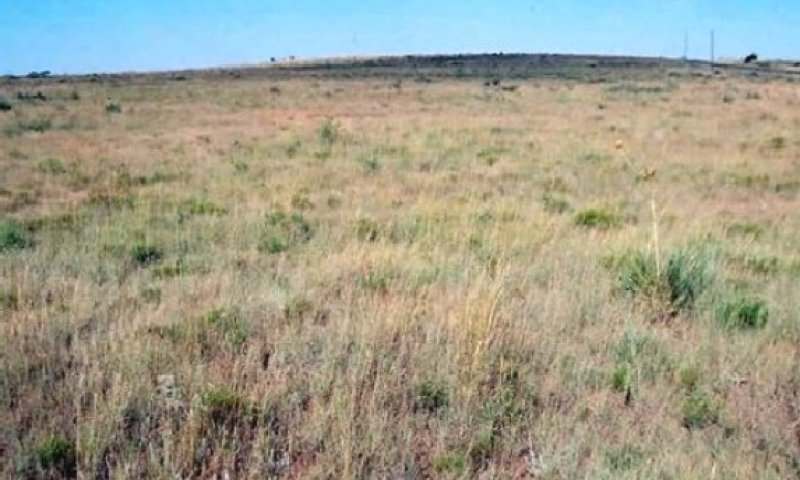
Figure 8. 1.1 Midgrass/Shortgrass Community
The reference plant community for this site is mid and shortgrasses with 5 to 8 % perennial forbs and scattered woody shrubs. Grasses include sideoats grama and blue grama with smaller amounts of vine mesquite. Shrubs include broom snakeweed and yucca.
Table 6. Annual production by plant type
| Plant type |
Low
(lb/acre) |
Representative value
(lb/acre) |
High
(lb/acre) |
| Grass/Grasslike |
1090 |
1495 |
1920 |
| Forb |
70 |
125 |
200 |
| Shrub/Vine |
30 |
65 |
60 |
| Microbiotic Crusts |
10 |
15 |
20 |
| Tree |
1 |
1 |
1 |
| Total |
1201 |
1701 |
2201 |
| Jan |
Feb |
Mar |
Apr |
May |
Jun |
Jul |
Aug |
Sep |
Oct |
Nov |
Dec |
| J |
F |
M |
A |
M |
J |
J |
A |
S |
O |
N |
D |
Community 2.1
Shortgrass with Scattered Shrubs Community
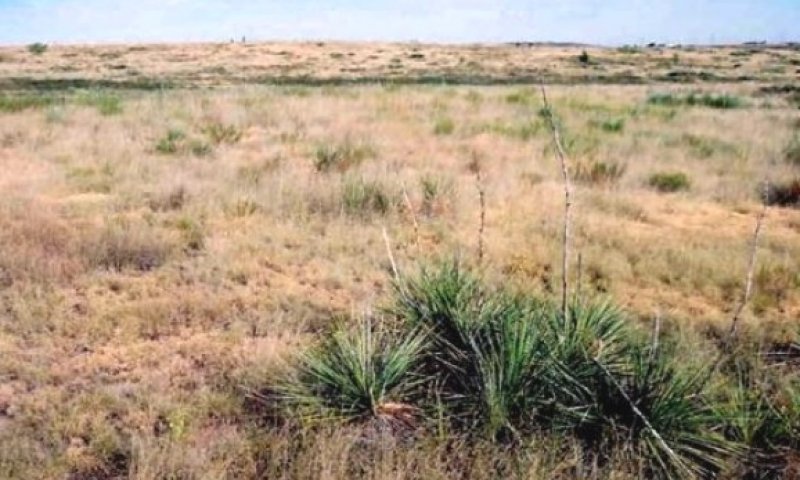
Figure 11. 2.1 Shortgrass with Scattered Shrubs Community
This community is shortgrasses with increasing woody shrubs and halfshrubs. This community has blue grama and perennial threeawn along with some increase in yucca and snakeweed. Production is lower than that of Reference community and plant diversity is less.
Table 7. Annual production by plant type
| Plant type |
Low
(lb/acre) |
Representative value
(lb/acre) |
High
(lb/acre) |
| Grass/Grasslike |
1000 |
1300 |
1500 |
| Forb |
50 |
70 |
100 |
| Shrub/Vine |
30 |
70 |
100 |
| Microbiotic Crusts |
10 |
15 |
15 |
| Tree |
0 |
1 |
1 |
| Total |
1090 |
1456 |
1716 |
| Jan |
Feb |
Mar |
Apr |
May |
Jun |
Jul |
Aug |
Sep |
Oct |
Nov |
Dec |
| J |
F |
M |
A |
M |
J |
J |
A |
S |
O |
N |
D |
State 3
Shrubland State
Woody shrubs are dominating the shortgrass community. Yucca has increased to the point of dominance. Perennial three-awn is in about equal amounts with blue grama.
Community 3.1
Shrub Dominant/Shortgrass Community
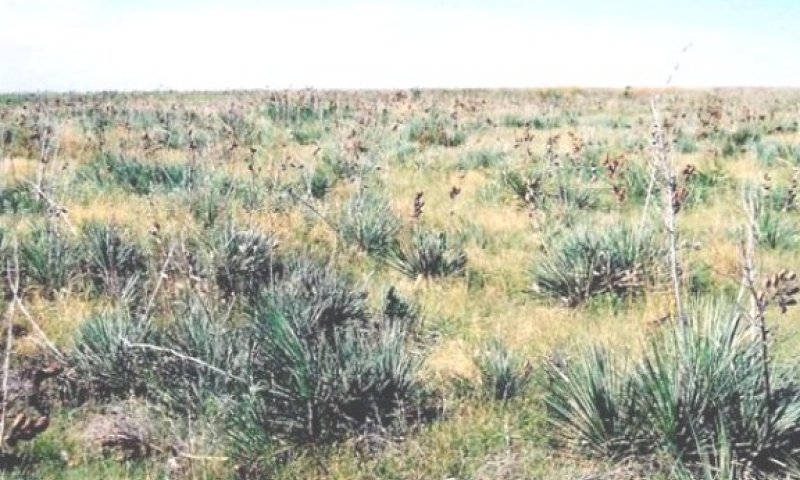
Figure 14. 3.1 Shrub Dominant/Shortgrass Community
Woody shrubs are dominating the shortgrass community. Yucca has increased to the point of dominance. Perennial three-awn is in about equal amounts with blue grama. Threshold has been crossed to where management inputs such as brush management, prescribed grazing, pest management and prescribed burning are needed to revert back to the shortgrass community.
Table 8. Annual production by plant type
| Plant type |
Low
(lb/acre) |
Representative value
(lb/acre) |
High
(lb/acre) |
| Grass/Grasslike |
500 |
700 |
800 |
| Shrub/Vine |
275 |
350 |
400 |
| Forb |
50 |
80 |
120 |
| Microbiotic Crusts |
5 |
10 |
10 |
| Tree |
0 |
1 |
1 |
| Total |
830 |
1141 |
1331 |
| Jan |
Feb |
Mar |
Apr |
May |
Jun |
Jul |
Aug |
Sep |
Oct |
Nov |
Dec |
| J |
F |
M |
A |
M |
J |
J |
A |
S |
O |
N |
D |
State 4
Degraded Shortgrass State
This community is low vigor shortgrasses in open turf with increasing broom snakeweed. Some increase in bare ground and annuals is apparent. Broom snakeweed has become very competitive in this community. Some increase in prickly pear and cholla.
Community 4.1
Shortgrass/Halfshrubs Community
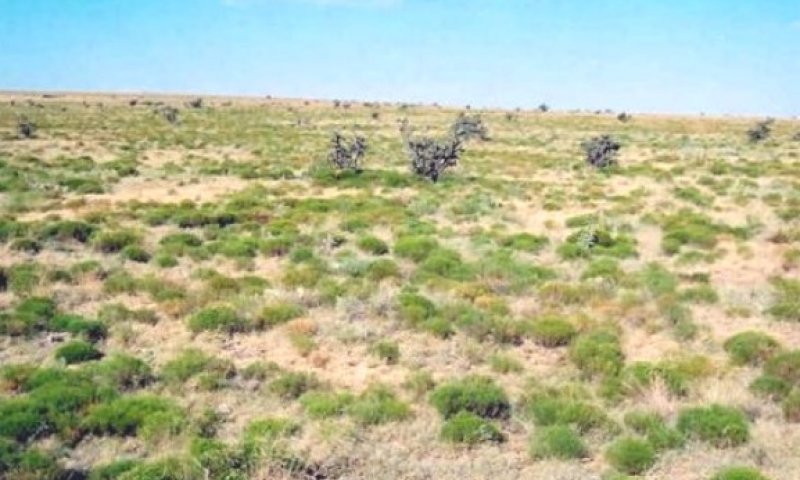
Figure 17. 4.1 Shortgrass/Halfshrubs Community
This community is low vigor shortgrasses with increasing broom snakeweed. Some increase in bare ground and annuals is apparent.
Low vigor blue grama with some open turf is present in this community. Snakeweed has become very competitive. Some increase in prickly pear and cholla. This is very close to threshold and in fact may have already crossed. The snakeweed may not cycle out without control.
Table 9. Annual production by plant type
| Plant type |
Low
(lb/acre) |
Representative value
(lb/acre) |
High
(lb/acre) |
| Grass/Grasslike |
450 |
550 |
700 |
| Shrub/Vine |
300 |
400 |
500 |
| Forb |
70 |
100 |
120 |
| Microbiotic Crusts |
5 |
10 |
15 |
| Tree |
0 |
1 |
1 |
| Total |
825 |
1061 |
1336 |
| Jan |
Feb |
Mar |
Apr |
May |
Jun |
Jul |
Aug |
Sep |
Oct |
Nov |
Dec |
| J |
F |
M |
A |
M |
J |
J |
A |
S |
O |
N |
D |
Transition T1A
State 1 to 2
Due to heavy continuous grazing pressure, no fires, and brush invasion of broom snakeweed and yucca, the Midgrass State will transition into the Shortgrass State.
Restoration pathway R2A
State 2 to 1
With Prescribed Grazing, Prescribed Burning, and Individual Plant Treatment (Brush Management, the Shortgrass State can be restored back to the Midgrass State.
| Brush Management |
|
| Prescribed Burning |
|
| Prescribed Grazing |
|
Transition T2A
State 2 to 3
With heavy continuous grazing pressure, no brush management, and brush invasion of woody shrubs and halfshrubs, the Shortgrass State will transition to the Shrubland State.
Transition T2B
State 2 to 4
With heavy continuous grazing pressure, no brush management, and brush invasion of woody shrubs and half shrubs, the Shortgrass State will transition into the Degraded Shortgrass State.
Restoration pathway R3A
State 3 to 2
With the implementation of various conservation practices such as Brush Management, Prescribed Grazing, Pest Management, and Prescribed Burning (over a ten year period), the Shrubland State can be restored back to the Shortgrass State.
| Brush Management |
|
| Prescribed Burning |
|
| Integrated Pest Management (IPM) |
|
| Prescribed Grazing |
|
Restoration pathway R4A
State 4 to 2
With Brush Management, Prescribed Grazing, Pest Management, and Prescribed Burning conservation practices implemented over a ten year period, the Degraded Shortgrass State can be restored back to a Shortgrass State.
| Brush Management |
|
| Prescribed Burning |
|
| Prescribed Grazing |
|
| Integrated Pest Management (IPM) |
|


